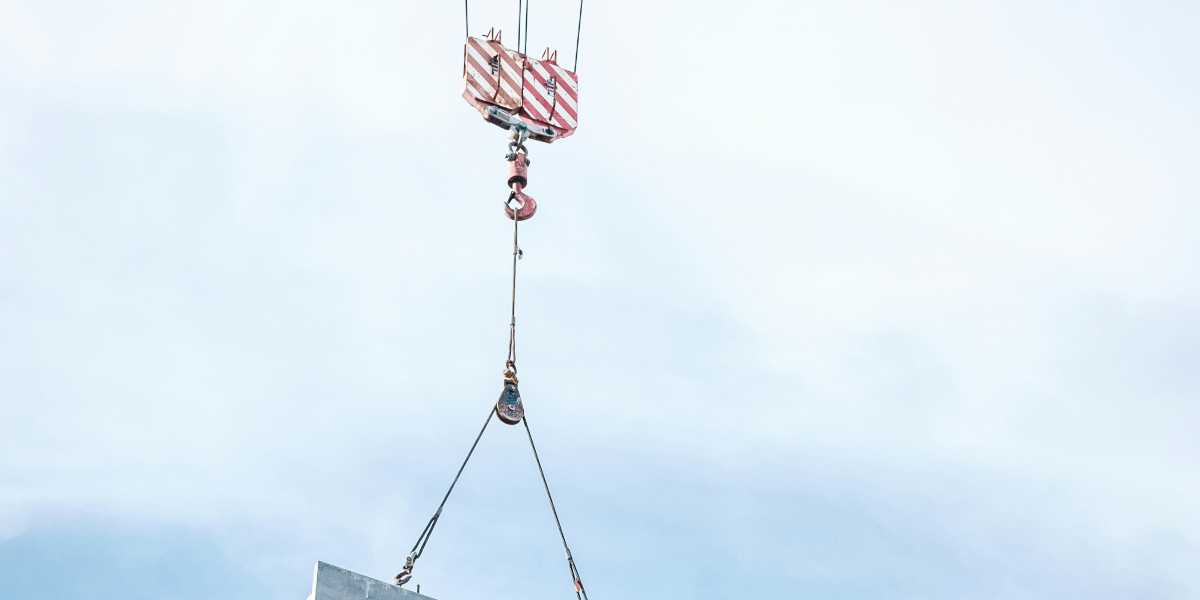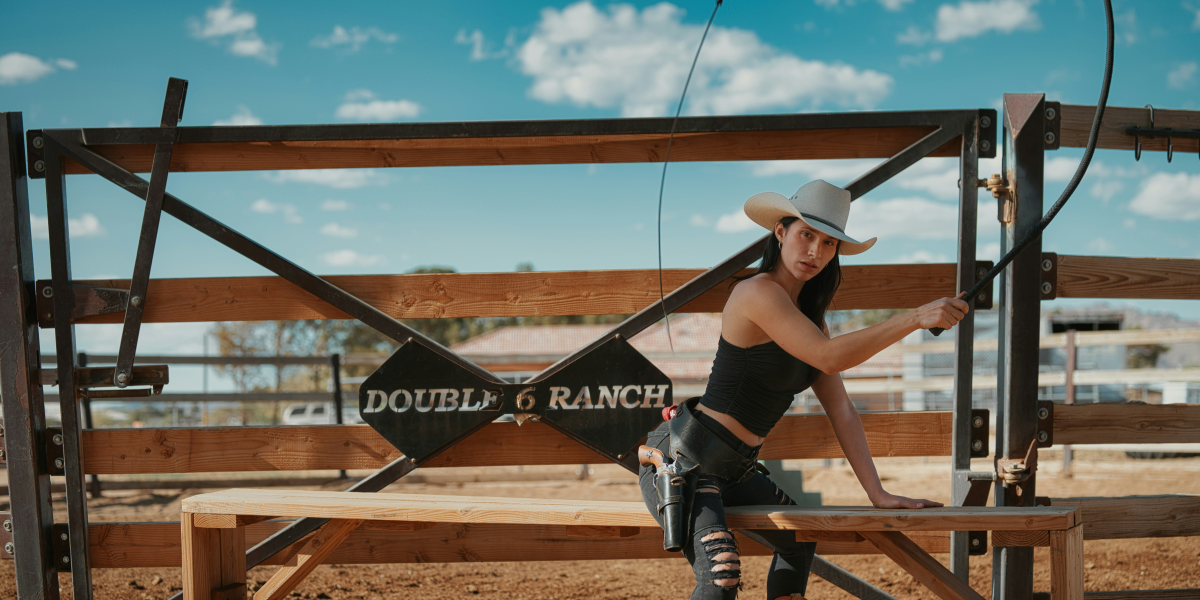Image Commercially Licensed from: Unsplash
Large derailleur pulley are the cog on your front derailleur that moves to let you switch gears.

What is a large derailleur pulley?
The large derailleur pulley is the cog that you move with your hand to change gears. And, It’s located on top of the device, near the gear shifters and cables. The large pulley is connected to a cable which runs through one or more small derails (which are attached to the frame) up towards your handlebar above your front chainrings.
Materials used to make a large derailleur pulley?
The large pulley is usually made out of aluminum or plastic. The pitch and diameter (the distance from one side to the other) of the pulley depends on the brand and model of the derailleur.
What is a small derailleur pulley?
Small pulleys are located at the front of your bike, at each end of your chain. They are on the same axle as your front derailleur. The pulleys are used to pull the chain onto the large pulley.
How do you change a large derailleur pulley?
To change the large pulley, remove the two screws that hold it in place. Then, unscrew the cable using your fingers. Moreover, if you are replacing a broken pulley, replace it with a new one of the same size and shape. Secure the new pulley with screws and cable.
What is a large derailleur pulley for?
The large pulley is used to switch gears. When you shift gears, the chain moves to a larger or smaller cog using this device.
How do you use a large derailleur pulley?
To change gears, push the lever on your shifter and move your hand to move the cable attached to the big cog so that it lines up with your front chainrings up front.
How large derailleur pulleys help to reduce friction?
Large derailleur pulleys are advantageous for reducing friction on the bike. This is because there are no overlapping pieces of metal to rub against each other, like a car’s engine, or a toaster. The metal stays inside the circle of the pulley and is not making contact with any metal outside the pulley.
However, the difference can be felt easily when you’re holding your hand over one side of the wheel and turning it back and forth. Hence, there is no friction because there is nothing to rub on the outside of the pulley.
Accordingly, if you look at a large pulley under a magnifying glass or microscope you can see that it’s built with a series of small points around its center hole. The outside of the wheel makes minimal contact with these points; only one point makes contact at any given time. So there are no areas of overlapping metal to create friction, like in a car’s engine or toaster.
World Bicycle Relief founder, Chris Sugai says that the fact that there are no moving parts is also a big advantage.
“The pulley system’s design has no moving parts, so that means there are no adjustments or maintenance required – ever.”
Also, unlike the toaster and car engine – which have a lot more friction when they’re cold – to ride a bike you just have to start pedaling. There’s very little friction in motion on the bike because it’s constantly moving forward.
Is a large derailleur pulley really worth buying?
If you are reading this, we assume you want to buy a large derailleur pulley. And if it’s not, a new one will probably come in handy when the time comes.
But how do you know if an oversized pulley is worth it? If you only ride on the flatlands and rarely work with small gears, then oversized pulleys might just be what your bike needs. But if you’re a mountain biker who rides rugged terrain, chances are that you’re better off with a traditional pulley.
However, it’s important to understand how they’re different from regular derailleur pulleys and why oversized pulleys were developed in the first place. After all, every product has its benefits and disadvantages. And even though most riders won’t require an oversized pulley, there will always be situations where they come in handy.
Advantages of large derailleur pulley:
- The most obvious benefit to using a custom derailleur cage is that you can use larger chain rings than normal on your bike. Indeed, this is good for climbing, high-speed descents and higher performance bikes used off-road. Moreover, some people argue that you do not get an advantage for road bikes that climb loads of hills, and others say that it’s not worth it for mountain bikes. This is simply not true.
- Furthermore, it also allows you to run chain rings that are more in line with what your legs already use. Furthermore, when riding a standard 52 or 42 tooth, the chain will always be high up on the bike if you have a high gear. However, when using a 47 or 36, it’s more in line with your legs and will work better. With the larger cage, you are able to make this shift without having to change your chain ring.
- Indeed , the biggest benefit of these cages is that they allow you to run wider cogs than would normally be possible on your bike. This is where the most difference in performance comes. For a road bike, you could run a 135mm front, and 170 rear. With these cages, you are able to run a 170 or even 175 front and still use a low gear. However, this allows for more climbing speed, more big hit climbing power and less need to shift up in the big gears. If you are using your bike off-road, this also will give you more bottom end for trail work.
- The smaller cages will give you a little more range. They allow you to run a 56 or 40 tooth on the front, with a 52 or 42 on the rear. This gives you the ability to do all sorts of daily riding while still giving you the extra performance.
- Weight: if you are using 41 or 30T chainrings, it will actually save weight.
Major provider of large derailleur pulley:
Sprocket is the major provider of large derailleur pulley. Sprockets come in a variety of sizes and finish levels. Indeed, Sprocket’s wide range of product selection includes standard sprockets, extra long sprockets, through-drive or reverse detents, single cage and multi-cage options, round bar or square bar shapes and even new three/four speed patterns with custom geometry.





